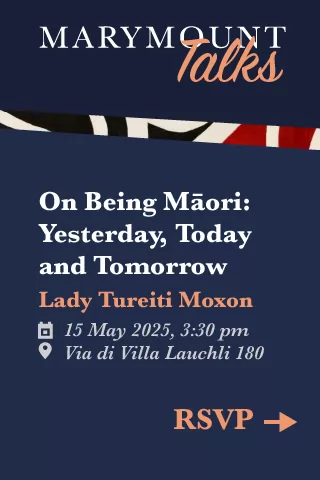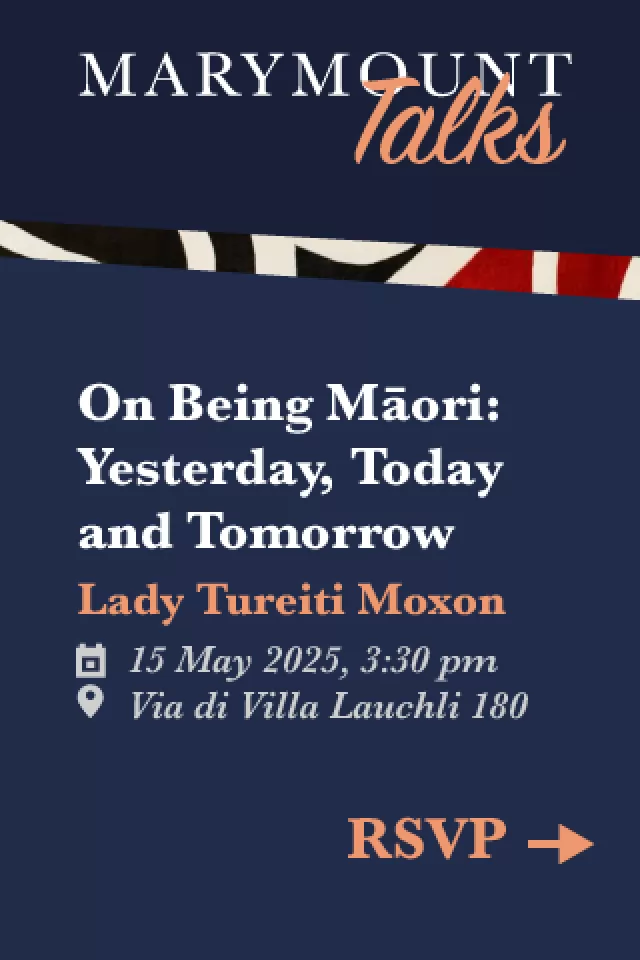Perugino. The Master of Landscape
Pietro Vannucci, nicknamed Il Perugino, and on whom Michelangelo perpetrated one of the worst crimes in art history, was born in a small town near Lake Trasimeno in a flourishing corner of Umbria near the border of Tuscany. He first went to study in Perugia, the capital of Umbria, and its commercial and agricultural centre; then in 1472 he registered in the painters guild of S. Luca in Florence. From there he eventually went to Rome, to become one of the busiest and most successful masters of his time.
Perugino, when still a young master, was given the great opportunity by Pope Sixtus IV to decorate the chapel later named after him, the "Sistine". Jolly and vigorous, along with the crew of Botticelli, Ghirlandaio and Cosimo Rosselli, Perugino set to with gusto, and as a harmonious co-operative they painted bright tales of holy events in several registers with intelligence and co-ordination. Perugino was given the honour of painting two mural scenes on the altar wall. But of his five panels, today we can only see three: the life of Moses, of Christ and the handing over of the keys to St Peter, where the tilted floor is one of the earliest exercises in perspective.
So what happened to Peruginos other two panels? The cocksure and pushy Michelangelo walked in. He was commissioned to do further work in the chapel by the next pope, Paul III. When he needed space, he commandeered it. So he rudely cancelled the work on the main altar wall to make space for his "Last Judgement".
A nativity and a Madonna rising to heaven may still rest under the bluish flourishes of Michelangelos psychodrama and may certainly be more serene than that media event of today. When you go next to the Sistine Chapel, do spend time with the lower friezes by Perugino, Rosselli, Ghirlandaio and Botticelli; you will enter a quiet, sumptuous world, more rewarding than old Mikes posturing with his relentlessly squirming bodies above them.
Adding insult to injury was that insidious gossip and critic Giorgio Vasari, a painter from Arezzo and Michelangelos friend. In his "Lives of the Masters", published in 1550 alas the only comprehensive document of the renaissance artists he cast horrid aspersions and perfected a character assassination on Perugino. He could not forgive him for being a mere country boy from Umbria, who made good in Vasaris adored sophisticated Florence. Above all he could not forgive him for being famous as the teacher of the golden boy Raphael, one of Vasaris chosen members of that stellar triumvirate together with Leonardo and Michelangelo. Vasaris aspersions have been discussed in brochures and art history books ever since.
Because of the vicissitudes of history and Napoleons thirst for Italian art much of Peruginos work was dispersed. Only a scattering of his works was left in the Galleria Nazionale dellUmbria in Perugia, where the core of the exhibition "Perugino il divin pittore" is, and in some of the churches. There are also the permanent late frescoes, marvellous ornamentation, in the Collegio del Cambio the moneychangers guild, on the ground floor of the very palace that houses this exhibition.
The works are carefully and reasonably assembled and come from private rooms and public prestigious museums the world over. You will never see them together again like this. So the exhibition is an event which affords a full view of a masters lifework and strivings. It is a rare and illuminating occasion.
We have works from the early influences, lovely terracotta reliefs by Verrocchio for instance; we have early work by Perugino such as the S. Bernardino cycle in light panels, complete with all the required renaissance elements pages in coloured hose, saints in bright red, classic Roman architecture, landscape melting into the distance.
In the inner hall are the most memorable works. The "Adoration" from the Torlonia collection, composed of several panels and rarely shown. There is the Madonna from Washington, and the "Madonna with the Sack Full of Flour". One of the most surprising works is quite small. It is a little "Annunciation"; two graceful girls face each other standing barefoot in a courtyard, one in fluttering silks, the other with peacock wings. They stand in a luminous hall of noble renaissance proportions, and through its high arches peaks a landscape yearning towards a lake at dusk.
After the many Madonnas a roomful of male faces is unexpected. Here are noblemen, merchants, pages and monks regarded with clinical attention, no skin-fold, wart or bald scalp goes unnoticed. We have seen Perugino in love with the smoothness of teenage girls and the nonchalant grace of teenage boys as angels, but here we see a great depth, the observance of people around him with attentive kindness.
The zenith of the show is the reconstruction of the great altarpiece with two sides from the S. Agostino church in Perugia. It consisted of about 24 paintings set in a complicated framework. In the 19th century it was taken apart during a church renovation. Its parts ended up not only in other Perugia churches but travelled to all the corners of the world, even as far as Birmingham, Alabama. Here most of the components are reassembled again, almost forming the original splendid whole.
But the key to everything is the landscape, Peruginos ever-present theme. It is the very real landscape of central Italy, the lands and lake where Perugino was born. The agent of one of his sponsors, Ludovico il Moro of Milan, wrote: "In Peruginos composition is a pure dialogue between figures and landscape placing the figures in space has a double and lyrical effect of immersion and distance This landscape which becomes art, this art which becomes landscape springs naturally from his past, the surrounding of Lake Trasimeno."
And then here are his trees. The feathery arborescence is everywhere, finely outlined, striking the eye first. Tufts, plumes, quills of elegantly rising trees standing still against receding lands of green, stretching to a far watery waste and undulating hills and wistful evening sky. Peruginos signature is in those feathery trees.
He may not have had quite the elan and the searching mind of the masters of the high Renaissance, but his particular gift, the placing of real friends and neighbours in imagined holy situations into a real landscape, is one an unparalleled intimacy and devotion.
Perugino il divin pittore. 28 Feb-18 July.
Palazzo dei Galleria Nazionale dellUmbria, Palazzo dei Priori, Perugia, Corso Vannucci 19, tel. 0755721009, Sun-Fri 9.00-20.00, Sat 9.00-22.00.


















